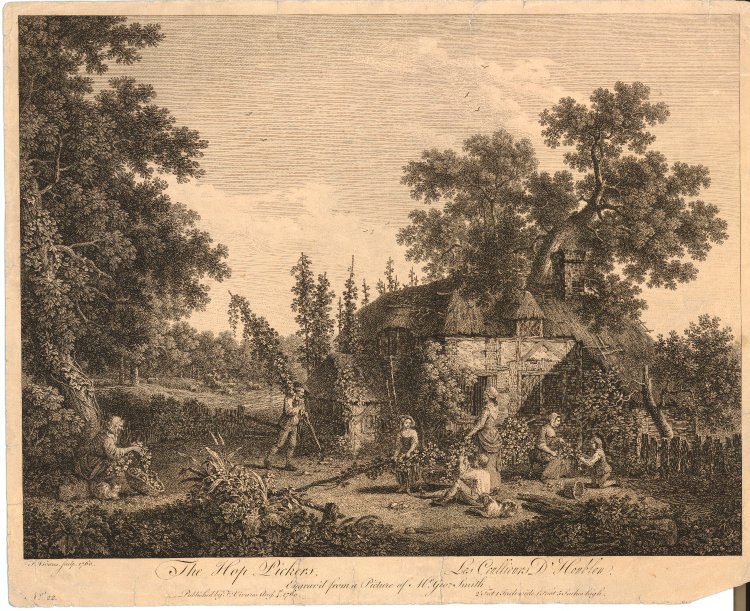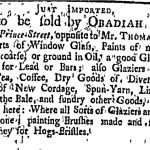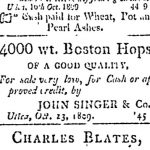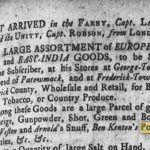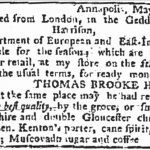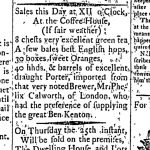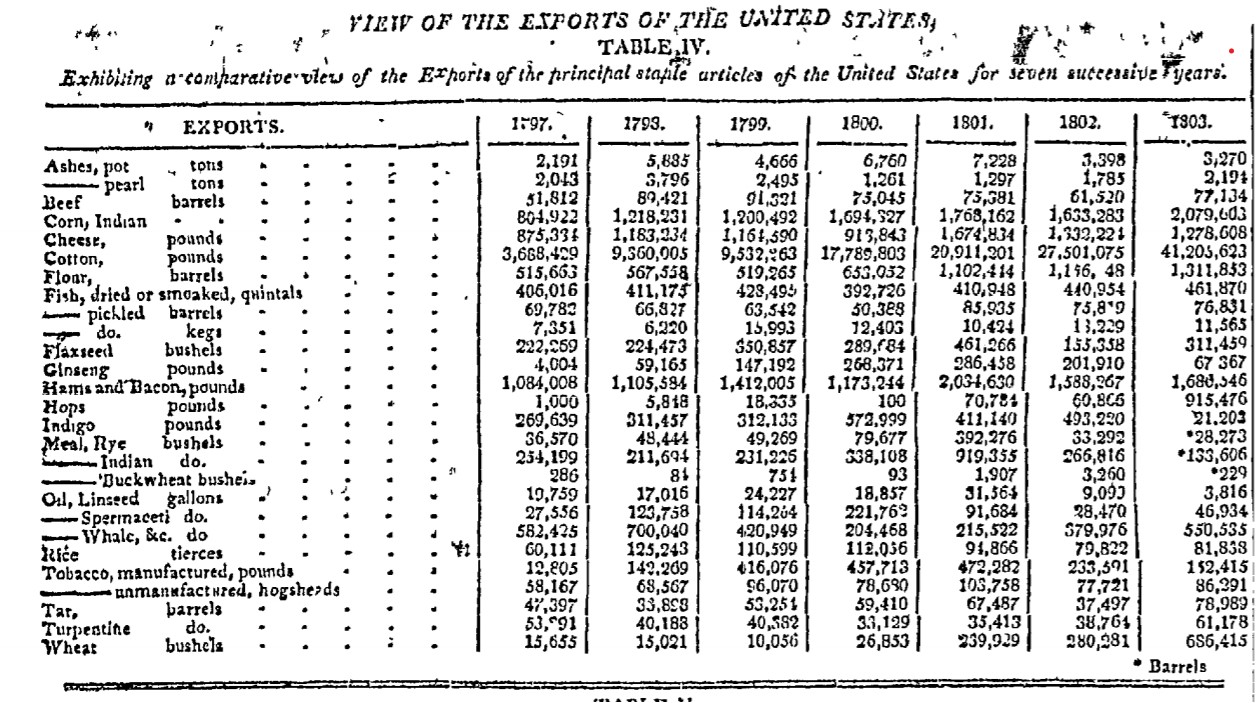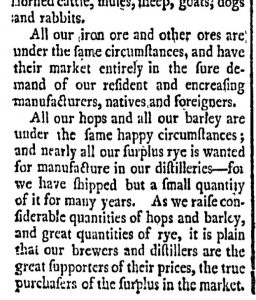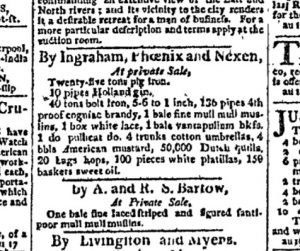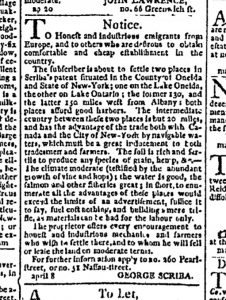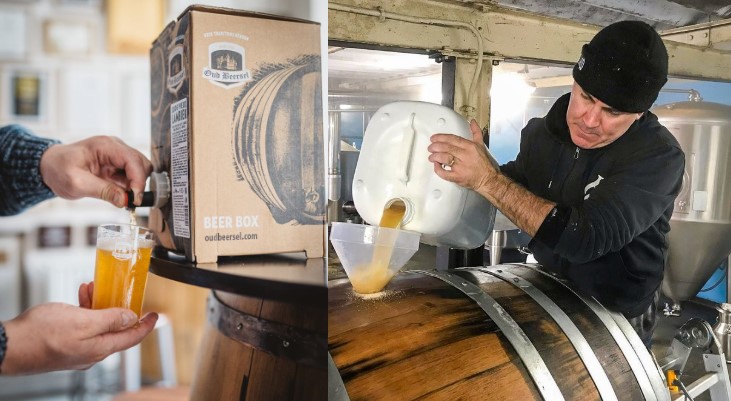 I am not sure what exactly struck me about the two images I have placed side by side above this week as Jeff took a moment to be silent as I fret and bathe my hands in sanitizing stuff. To the left is a photo from the Facebook page for Belgium’s Oud Beersel and to the right we have a moment shared somewhere of Dann of the Brewery of St Mars of the Desert (adding a jug of something*). Lovely. There are certainly common aspects of the colours and massing within the images. But what each of which really spoke to me was about such excellent things not being as we expect them to be. Lambic from a cardboard box. Goodness from a jug.*
I am not sure what exactly struck me about the two images I have placed side by side above this week as Jeff took a moment to be silent as I fret and bathe my hands in sanitizing stuff. To the left is a photo from the Facebook page for Belgium’s Oud Beersel and to the right we have a moment shared somewhere of Dann of the Brewery of St Mars of the Desert (adding a jug of something*). Lovely. There are certainly common aspects of the colours and massing within the images. But what each of which really spoke to me was about such excellent things not being as we expect them to be. Lambic from a cardboard box. Goodness from a jug.*
First off, what a whalloping take on beer festivals was offered up by Ben this week:
…there might be no character more reprehensible in this industry than the craft beer festival organizer. Even we lowly beer bloggers, with our distended bellies full of free barrel-aged stout and our shoulders slouched from years at an overheating laptop that’s rendered our genital useless, will look upon the shady beer festival organizer and, with hate in our hearts and complimentary cheese in ours mouth, rightfully share our open disdain for this unique breed of leech.
It has always surprised me that while Ben exists on the planet it is I who have been labeled as “good beer’s community curmudgeon” or “the planet’s #1 naysayer.” Don’t believe it. This post of his goes boom when it hits the floor with facts flying in all directions. I, as dear mother always said, am nothing in comparison.
Somewhat more subtly but still in the realm of pulling the band aid off with one sharp tug of the child’s quivering arm, Jordan wrote about Mascot, a Toronto brewery this week:
From my left, Trevor asks at one point, what makes one of the guest taps an Old Ale. Old Ale does not come up much, and never had much cache in my experience. There’s not really a satisfactory answer from behind the bar on that point, and Trevor speculates for a minute about what it might be. It’s at this point that I realize that I’m not having any luck looking up information on any of the beers on offer. The website offers lunch, brunch, and dinner menus, but no tap list. You can download a product list from the website, but it is dated April 2, which puts it at at least 49 weeks old.
Yeowch. And when a principal of the brewery shared on FB that “in the process of changing the beer program and educating the staff more” Jordan replied “I am actually surprised no one got back to me when I gave them 24 hours notice.”
Jordan also had an excellent interview with the national broadcaster on the effects of Ontario government policy.* Which leads to a question or two. Especially when combined with Ben’s post above. Why is no one else noticing this stuff? Are writers in your area also taking the dumb parts of beer culture apart? Or is this just a new blip here in a place to stand, a place to grow? One possible reason raised in a side conversation is that the state of craft beer has gotten to the point that the beer itself is now not that big a part of the calculation. The taproom, the beer label, the music, the pairing… it’s all about not-the-beer. Who speaks for the beer anymore? Not sure. I left a comment at Stan’s that is not unrelated that I am plunking here to remind me to unpack it a bit more:
I think I’ve decided upon a theory that works. Craft is not longer the era many brewers are in now. The glass of handmade was abandoned long ago. We are now post-historical in the sense that Nietzsche wrote about. Sheer capability to do anything is what is being explored. We don’t like that feeling, the abandonment of the system. We all know that milkshake IPA is not an IPA but we desperately hand the three letters as a suffix. We need connection even when the whole point is breaking connection. So too how beer writers comment on White Claw as it it’s something other than another alcopop. Historians and commentators exist to explain context. Context is now irrelevant.
Moving on, as Covid-19 fills the news, there are somethings to note. First, as Carla Jean points out, breweries should not be branding any beer about a killing strain of infection as a baseline principle. Of course, morons immediately slagged her for the suggestion. [Because craft is special, right? And filled with good people.]
Next, in the general area of what I call the Balkans, Prof. Todor Kantardzhiev, director of the Bulgarian National Center for Infectious and Parasitic Diseases explained something that I had not known:
When contacted with the virus by the third day, the person may not be ill but spread it. It is not yet known how to spread how close the contact should be. The coronavirus is highly susceptible to disinfectants. Dies very quickly from alcohol. “Regular hard drinkers are much more protected! ” he added.
Interestingly, a few Balks to the west, Serbian government leaders were saying not so much the opposite as pretty much the same thing backwards… maybe:
President Aleksandar Vucic seized on questions about the efficacy of alcohol applied externally to kill the virus to make a joke. “Once again, I joke on my own account,” he said. “After they told me — and now I see that Americans insist it’s true — that coronavirus doesn’t grow wherever you put alcohol, I’ve now found myself an additional reason to drink one glass a day, so…. But it has nothing to do with that alcohol [liquor], I just made that up for you to know.”
So, who to believe? Dunno. But, yes, #tuttoandràbene.
 Somewhat related, this image to the right was attached to a tiny tweet about the politics of quarantines in 1721 London:
Somewhat related, this image to the right was attached to a tiny tweet about the politics of quarantines in 1721 London:
In late 1721 the common council of #London complained to #Parliament about the Quarantine Act, which they claimed “affected ‘not only the rights, privileges and immunities’ but also the ‘trade, safety, and prosperity of the city of London’.”
Click on the image and have a look at the drinking scene in the lower left corner. Looks like a tiny beer fest, everyone properly staggering. Except those are getting cancelled, too.
Elsewhere and without thoughts of contamination, NHS Martin directed us to a new writer this week, Blackpool Jane. While the focus is on the fitba, there is beer afterwards such as when:
We managed to secure an outdoor table and sat back and relaxed with some great beer, watching the world go by and simply enjoying Blackpool and each other’s company. We had planned to take in the Queen tribute band at the Marton Institute Beer & Music Festival, but we simply couldn’t bring ourselves to leave this idyll. I enjoyed three pints of the delightfully-quaffable Potbelly Beijing Black before tucking into a Chicken Panang Curry, with a couple of amarettos for dessert.
Short takes:
-
-
- Beth asks: “MEN in #beer: please take my 4 question survey and share…” I did and I am.
- Be assured that peace has been reinstated but I still could not delete this tweet.
- Things are happening in Waltham Forest.
- Nolo is mobo.
- Barleywine... or Barley Wine…
-
When your turn for the mandatory isolation order comes along, don’t forget there is more beer news every week with Boak and Bailey most Saturdays, plus more at the OCBG Podcast on Tuesdays and sometimes on a Friday posts at The Fizz as well. And sign up for Katie’s weekly newsletter, too. There’s the AfroBeerChick podcast now as well! Plus the venerable Full Pint podcast. And Fermentation Radio with Emma Inch. Check them out.
*Update, Dec 2021: just for posterity, the weird but no doubt Covid panic induced butt hurt in the comments was over earlier wording “Flavour from a jug of juice” which I really never should have edited out. Updated , Feb 2025. Even better.
**For the double!!

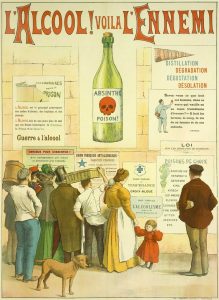 It was supposed to be fun. All fun. But now there is the reckoning. Not just in the sense of #Dryuary but #Skint-uary. #I-spent-all-I-had-uary. No wonder folk feel a pinch and stop splurging. Remember, though… pubs can be for
It was supposed to be fun. All fun. But now there is the reckoning. Not just in the sense of #Dryuary but #Skint-uary. #I-spent-all-I-had-uary. No wonder folk feel a pinch and stop splurging. Remember, though… pubs can be for 
